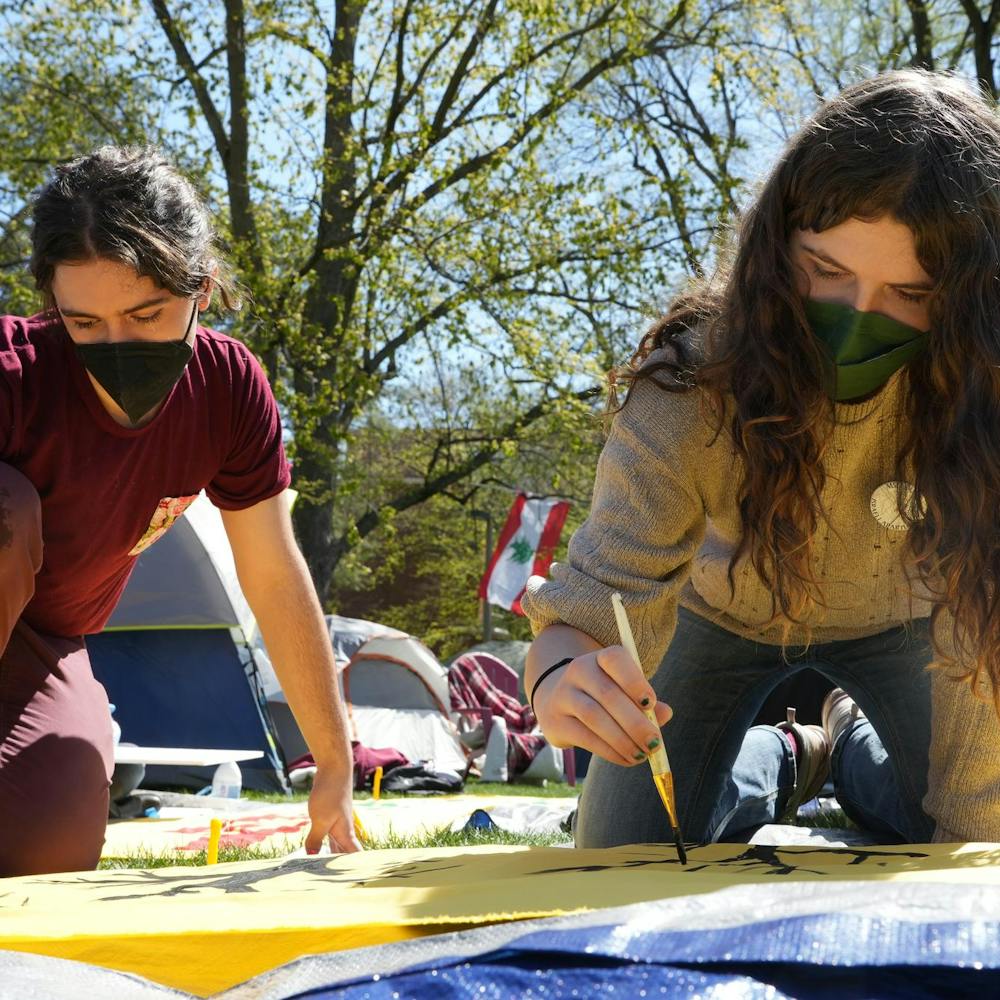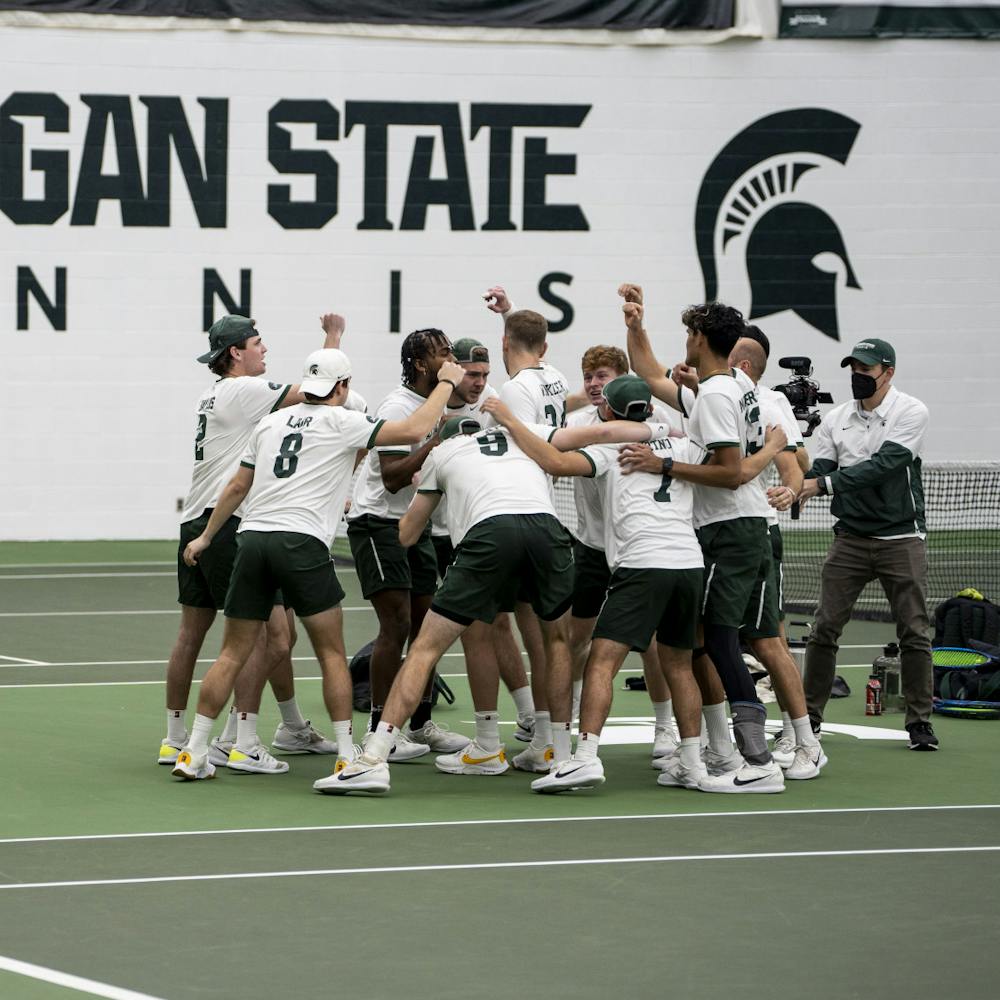Texting during class is an everyday experience for no-preference freshman Kathlyn McQuillan and many other students, according to a recent survey released by Wilkes University administrators in Wilkes-Barre, Pa.
About 91 percent of 269 students surveyed at Wilkes University said they have texted during class, and almost half said it was easy to do without their instructor noticing.
According to the study, about 10 percent of students admitted to texting during a test or exam.
However, only 3 percent texted about exam-related material.
McQuillan said she texts every day in most of her classes. In an attempt to minimize distractions to other students, she keeps her phone on vibrate and hides it in her lap or under her desk, McQuillan said.
“I don’t think my professors really notice,” she said. “I normally see everyone else doing it, too.”
At MSU, statistics and probability professor Dennis Gilliland, who teaches lecture classes in rooms that can seat up to about 350 students, said in an e-mail he has not noticed texting in his classes, although he cannot speak for all his students.
“Admittedly, my focus tends to be on students sitting toward the front of the class, so I cannot speak to the issue in regard to students sitting at the back of the lecture hall,” he said in the e-mail.
Texting in class might negatively affect students in school, which might not come as a surprise to some, said Linda Jackson, a psychology professor who studies technology and youths, in an e-mail.
“Hearing the lecture … recruits another sensory modality — hearing or audition — to the learning process. When you study in silence, you do not hear the material,” she said in an e-mail. “In a nutshell, students who attend and pay attention in class learn more and better than those who don’t.”
Deborah Tindell, an associate professor of psychology at Wilkes University who helped create the survey, said she was unaware students were texting during her classes.
“What troubled me was that I wasn’t aware of it,” she said. “It made me wonder how often texting was going on (without me knowing).”
She said students are more likely to text when instructors stand in front of the class and lecture as opposed to making eye contact with students and walking through the room, which might help prevent in-class texting.
Journalism sophomore Erik Poole said although he occasionally texts during class, he believes texting can be a distraction to the person who is texting and others.
“It takes away from paying attention,” he said. “I try not to (text). Every time I do it takes away — you lose something the professor is saying.”
Poole said the clicking sound students make while texting and the occasional ring of a cell phone is “annoying.”
Tindell was surprised students felt comfortable enough they would not be caught to gamble texting about material unrelated to the exam.
She said students’ attitude about texting was surprising to her.
“The attitude, I think, was a little bit surprising,” Tindell said. “Clearly students think they should be allowed to text.”
Support student media!
Please consider donating to The State News and help fund the future of journalism.
Discussion
Share and discuss “Study shows high volumes of students texting during class” on social media.






